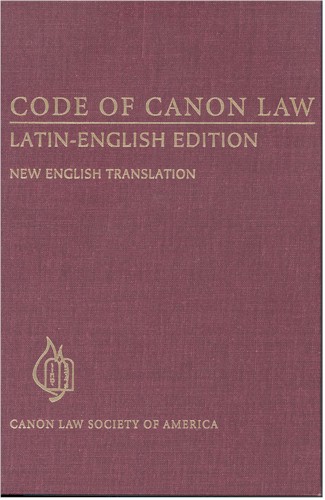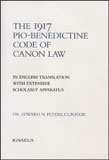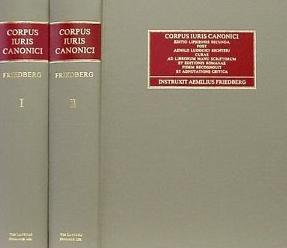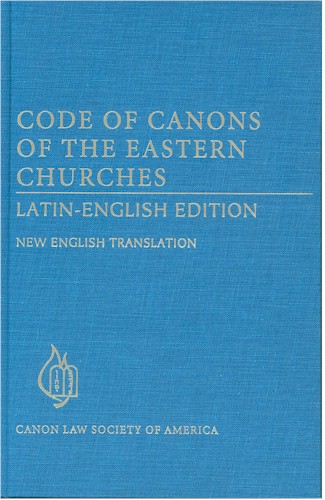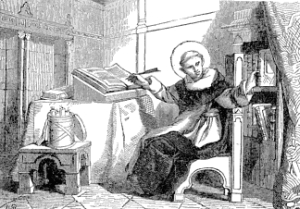|
To work for the proper implementation of canon law is to play an extraordinarily constructive role in continuing the redemptive mission of Christ. Pope John Paul II |
|
Original post 25 ian 2011
12 nov 2022 |
Research links
|
Related
Main page on clerical continence, |
|
|
Four options regarding continence and married clergy in the West |
|
Overview |
There are, I think, ultimately only four ways that the question of continence for married deacons and priests in the West can be settled.
|
|
The four options
|
1. Deacons and priests, even if married, must observe perfect and perpetual continence.
Summary: No change in law required in regard to either married deacons or priests but a major change in practice expected (over a reasonable time) of both. In effect, the West renews its tradition of complete continence for all of its clergy, albeit after some decades of widespread inadvertence to the requirement.
Comments
This is the way Western canon law reads now and is the way it has read for at least a millennium. Acknowledgement of this position would require no changes in the law and would occasion no changes in or any repudiation of the canonical expectations long made on Western married clerics and their wives. Given, however, that many thousands of married men have been ordained to the diaconate and thousands to the priesthood, without them or their wives having been informed of the obligation of perfect and perpetual continence attached to the clerical state, some accommodations for their situations would obviously have to be made. This accommodation for current married deacons and priests could occur in a couple of ways:
(A) Simply grant a blanket dispensation (I say "dispensation", not "sanation", for there is nothing invalid or illicit about married men receiving Orders in ignorance of one of its obligations, though, course, the usual conditions for dispensation must be satisfied) to all currently married deacons and priests from the obligations of continence set out in Canon 277 § 1 (a dispensation from celibacy not being required in virtue of cc. 1031, 1042, etc.) and, basically, speak no more about it in their regard; or,
(B) Inform all married clergy and their wives of the obligation of perfect and perpetual continence and invite them, over time and with adequate formation, to make the commitment to perfect and perpetual continence on a couple-by-couple basis. Those who decline to make the commitment could then either be dispensed, as above, or, after due time, they could give up their faculties for ordained ministry.
Regardless of what accommodation is made in regard to already-ordained married clergy, married candidates for diaconal and presbyteral orders and their wives must be informed of the obligation of continence. These couples would need adequate formation to understand and embrace the obligation, and ecclesiastical authority must obtain from them an express consent to the obligation.
2. Priests, even if married, but not married deacons, must observe perfect and perpetual continence.
Summary: Significant change in law required in regard to married deacons but no change in practice expected of them; no change in law required in regard to married priests, but a major change in practice expected (over a reasonable time) of them. In effect, the West adopts the continence exception for married deacons that was proposed for a time during the revision of canon law but renews its tradition of complete continence among all of its priests, albeit after some decades of inadvertence to the requirement.
Comments
There is virtually no support for drawing this sort of distinction between deacons and priests in Western canonistics but as a canonist I cannot conclude for or against the idea as a possible development in the theology of holy orders to which theological development canon law would then have to defer. Such an approach would represent a significant change in the Western tradition of clerical continence (in regard to deacons), but it would occasion no need to change the law in regard to priests because they are already bound, as explained above.
If this distinction between deacons and priests were found to be authentic, the exemption from Canon 277 that was originally proposed for married deacons could simply be reinserted in that canon ,or an instruction in forma specifica could be issued exempting married deacons from the obligation of continence, or Canon 277 could simply be added to the list of canons from which permanent deacons are exempt under Canon 288. The option of dispensing individual married priests from observing perfect and perpetual continence would remain, as noted above, as would the alternative of them giving up their faculties, at least for presbyteral ministry, (I have in mind here the spirit, if not quite the letter, of Canon 1038) should they or their wives decline to commit to continence.
In any event married candidates for presbyteral orders and their wives would have to be informed of the obligation of perfect and perpetual continence and must be provided with adequate formation to embrace the obligation and they would have to offer express consent to the obligation.
3. Married priests (and married deacons, or not, mutatis mutandis) must observe only periodic or temporary continence in regard to the celebration of the Eucharist.
Summary: Significant change in law required in regard to married deacons but no change in practice expected of them; significant change in law required in regard to married priests with a change in practice expected of them according to the frequency with which they offer Mass. In effect, the West adopts the Eastern model of temporary continence for married clergy (especially for priests).
Comments
There is virtually no support for this possibility in Western canonistics but as a canonist I cannot conclude for or against the idea as a possible development in regard to the theology of holy orders, to which theological development canon law would then have to defer. If this development, which is tantamount to adopting Eastern practice, were found appropriate for the West, various canonical and liturgical laws would need to be modified in its wake.
Because this understanding would represent a significant change, though one short of complete repudiation, of the Western canonical tradition, an instruction to this effect issued in forma specifica, would be in order. Strictly speaking, dispensation from even this mitigated obligation would still be available, but it is difficult to imagine a need for such.
4. Neither deacons nor priests, if married, need observe any sort of continence.
Summary: Complete change in law required in regard to both married deacons and priests, but no change in practice expected of either. In effect, the West abandons all expectations of continence among its married clergy.
Comments
This position is the de facto assumption of nearly all current married deacons and priests in the Roman Church though it finds no support whatsoever in Western canonistics; for that matter, it fails to match even mitigated Eastern practices in regard to continence for married clergy. But as a canonist I cannot conclude for or against the idea as a possible development in regard to the theology of holy orders, to which theological development canon law would then have to defer. The formal acknowledgement of this practice would represent a complete repudiation of the Western (and probably even of Eastern) tradition in regard to clerical continence but it could be achieved as above (e.g., abrogation of the law or instruction in forma specifica).
|
|
|
A concluding observation
I think it ironic, to say the least, that Western married deacons and priests, despite belonging to the Church that has unquestionably held with nearly absolute consistency for a celibate (and, even if married, a completely continent) clergy, have—doubtless for lack of direction—adopted an approach to continence that, not only has no support in Western law or tradition, but fails to satisfy even the mitigated continence expectations of various Eastern Churches. Some people are not struck by the fact that, with no express approbation or endorsement by ecclesiastical authority, such a dramatic abandonment of Western expectations regarding such an important area of clerical life has occurred in so short a time. But, as I said in my Studia article, I think it very important, both for the operation of law and for the stability of the faith community, that such a complete change in clerical practice be formally recognized in law if it is genuine, or be reasonably but firmly removed from practice if it is not. The current continued dichotomy between law and history on the one hand, and assumptions and practice on the other, is quite incongruous and ultimately unsupportable.
|
|
|
Materials on this website represent the opinions of Dr. Edward Peters and are offered in accord with Canon 212 § 3. This website undergoes continual refinement and development. No warranty of completeness or correctness is made. Dr. Peters' views are not necessarily shared by others in the field nor are they intended as canonical or civil advice.
CanonLaw.info Homepage & Site Directory / Help support CanonLaw.info / Original Materials © Edward N. Peters |
|
Staging |
|
